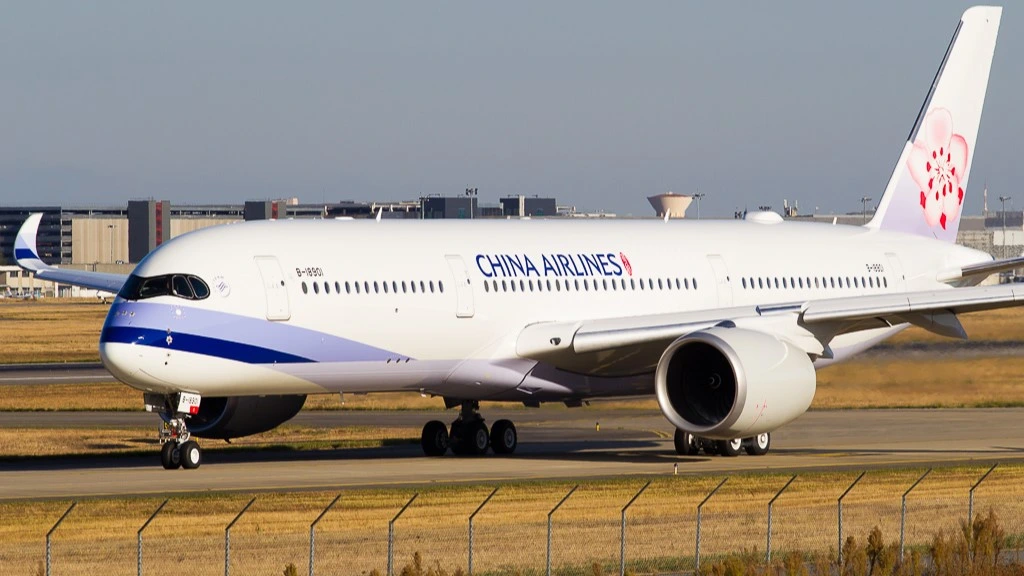
DELHI– Chinese carriers have formally applied for slots at Delhi Airport (DEL) as part of efforts to resume flights after nearly five years of suspension. Air China (CA), China Eastern Airlines (MU), China Southern Airlines (CZ), and Shandong Airlines (SC) are awaiting regulatory approvals to restart services.
IndiGo (6E), meanwhile, is preparing to relaunch its own routes to Chengdu (CTU) and Guangzhou (CAN), complementing the return of Chinese carriers and restoring long-stalled connectivity between the two countries, BusinessLine reported.
 Photo: Clément Alloing
Photo: Clément AlloingChinese Airlines to Restart India Flights
Chinese airlines are taking the first steps to restore passenger flights to India. Air China from Beijing (PEK), China Eastern from Shanghai (PVG), China Southern from Guangzhou (CAN), and Shandong Airlines from Kunming (KMG) have each applied for operating slots at Delhi Airport (DEL).
China Eastern has also expressed interest in reviving a Kunming (KMG) – Kolkata (CCU) service.
Approval is expected to align with the winter schedule, though operations remain contingent on regulatory clearances.
Foreign carriers flying to India must secure operating authorization from the Directorate General of Civil Aviation (DGCA), which requires details on airline ownership, operations manuals, fleet data, and board member information.
The Bureau of Civil Aviation Security also reviews and clears airline security programs before DGCA approval.
Regulatory Background and Bilateral Agreement
Operating authorizations issued by DGCA are valid for five years. Since Chinese carriers suspended India flights in February 2020, their earlier authorizations lapsed and must be renewed.
Following the visit of Chinese Foreign Minister Wang Yi, India’s Ministry of External Affairs confirmed both nations agreed to resume direct flights and update the bilateral air services agreement.
The current framework allows airlines from India and China to operate 42 weekly flights each. Before the pandemic, Chinese carriers used their full quota, while Indian carriers operated only 19 flights weekly. The restoration of balance is expected to support increasing demand on both sides.
 Photo: Hong Kong International Airport
Photo: Hong Kong International AirportPassenger Demand and Transit Trends
Travel between India and China is steadily recovering. In fiscal year 2025, over half a million passengers traveled two-way, despite the lack of nonstop services.
With direct flights suspended, most travelers are routed through Hong Kong (HKG), Singapore (SIN), Bangkok (BKK), Kuala Lumpur (KUL), and other hubs.
Hong Kong and Singapore have emerged as dominant transit points, together accounting for nearly 60% of traffic in FY 2025.
Cathay Pacific (CX), based in Hong Kong, reported strong demand driven by business travelers and technology sector ties. The airline also highlighted growth in its air-to-sea service, which allows passengers to transfer by ferry to Guangzhou and Shenzhen.
Singapore Airlines (SQ) similarly noted steady demand from both leisure and corporate segments, underscoring the importance of this corridor.
 Bukit Bintang Junction; Photo- Wikipedia
Bukit Bintang Junction; Photo- WikipediaVisa Policy and Market Growth
China’s relaxation of entry policies, including visa-free and 240-hour transit visa-free schemes, has boosted inbound international tourism. According to IATA, these changes significantly increased arrivals into China through 2025.
Outbound travel from China is also recovering, though routes to the United States remain below pre-pandemic levels due to restrictions.
Other carriers in the region, such as Malaysia Airlines (MH), have recorded average load factors above 85% on China routes.
The airline noted stronger inbound demand into China but also highlighted a rise in outbound holiday traffic during the summer. Interest in group travel packages from India to China is also growing, signaling a broad recovery across market segments.
Stay tuned with us. Further, follow us on social media for the latest updates.
Join us on Telegram Group for the Latest Aviation Updates. Subsequently, follow us on Google News
India and China to Resume Direct Flights After 5-Year Hiatus
The post Chinese Airlines Plan Return to India with New Flight Applications appeared first on Aviation A2Z.

 2 miesięcy temu
2 miesięcy temu













